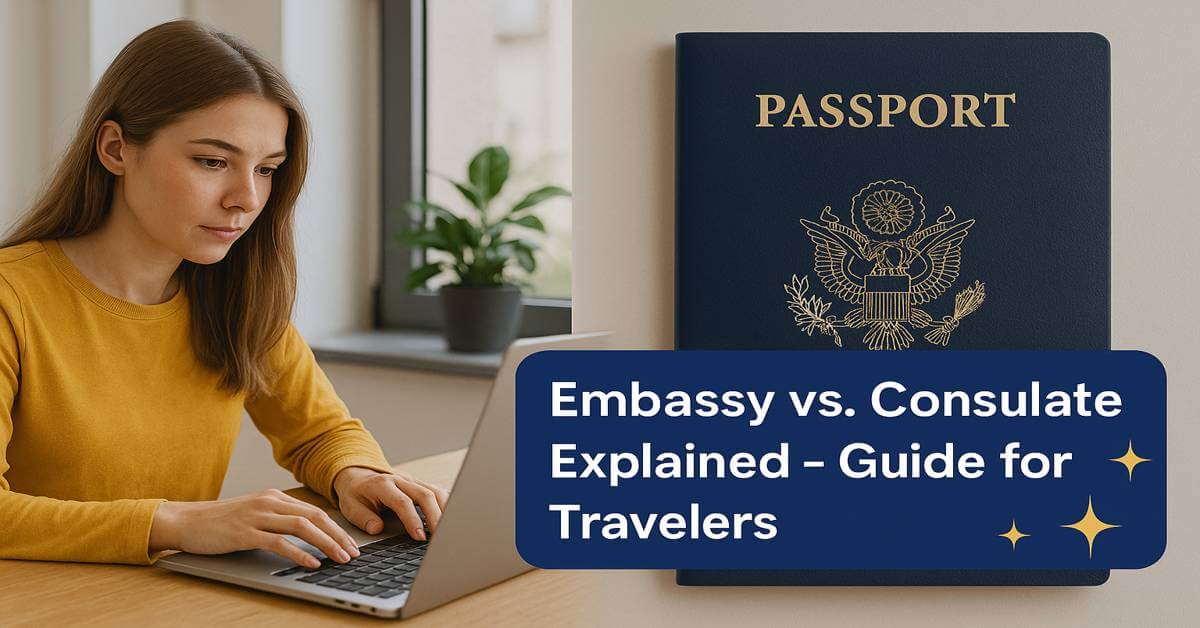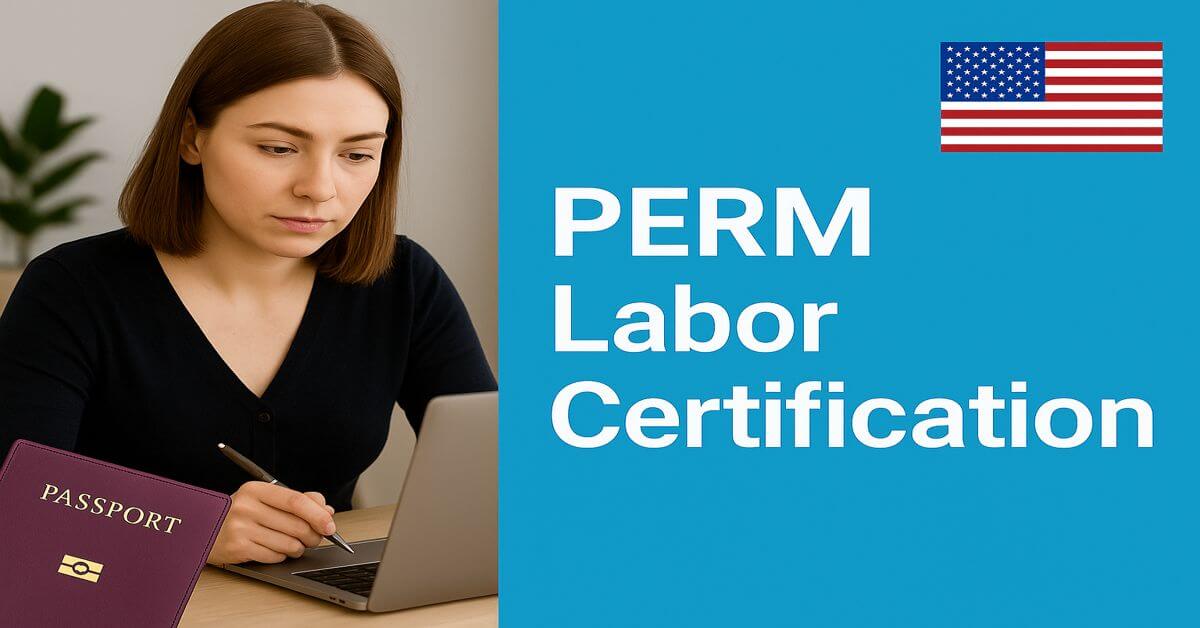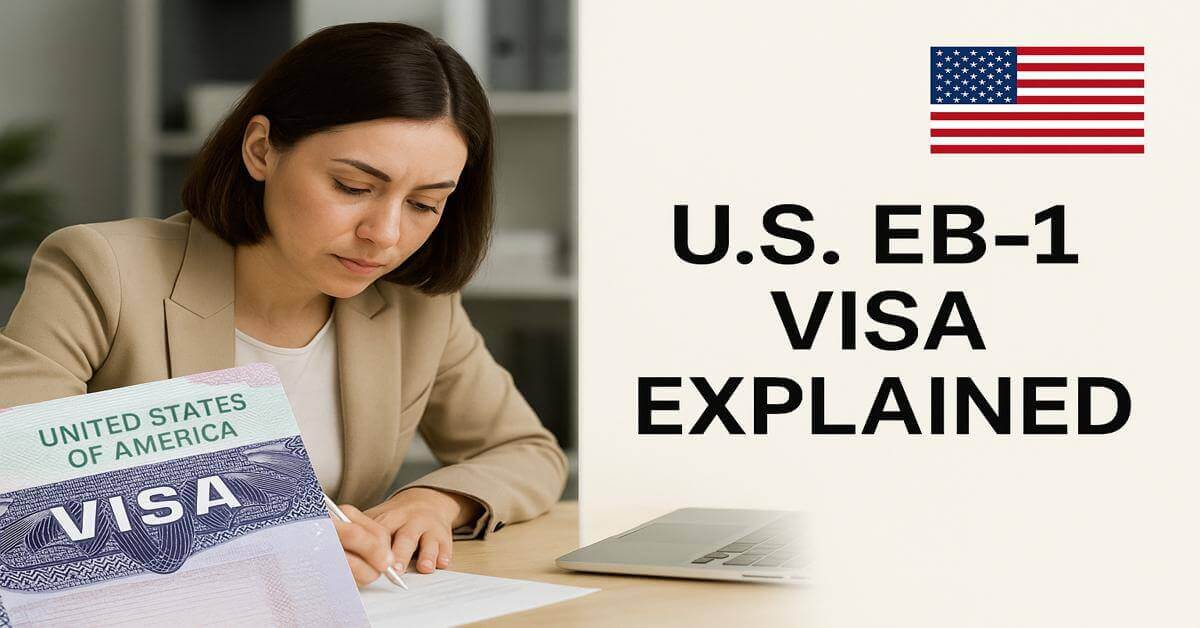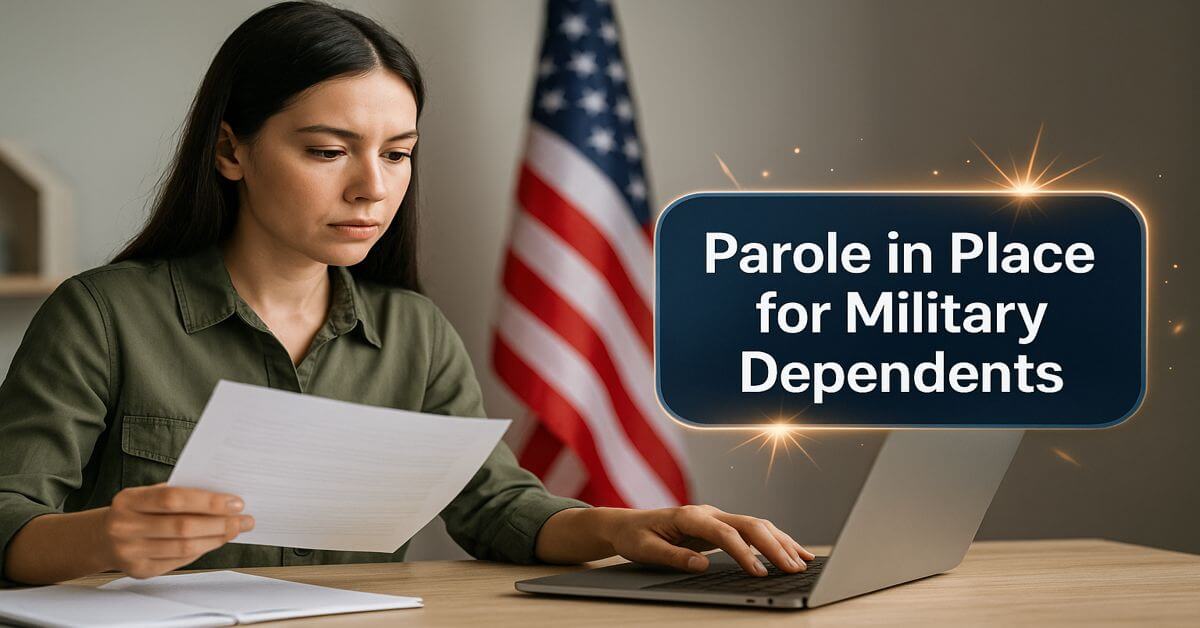If you’re applying for a green card, naturalization, or any type of visa to enter the United States, you’ve probably dealt—or will deal—with a U.S. consulate or embassy in your home country.
Consulates and embassies are both types of diplomatic missions established by one country within another to manage official diplomatic and consular matters. However, they differ significantly in size, function, and scope of responsibilities. Understanding the difference can help you navigate U.S. immigration processes more confidently.
Below, we explain what embassies and consulates are, how they differ, and how they fit into U.S. immigration services and support for U.S. citizens abroad.
Embassy vs. Consulate: Key Differences
Functions and Roles
Embassy:
An embassy is the primary diplomatic mission of one country in another country’s capital city. It represents the sending country’s government and serves as its highest level of diplomatic representation. Embassies handle political, economic, and cultural relations, conduct diplomatic negotiations, and maintain official communications with the host country’s government.
Embassies also include consular sections responsible for issuing visas and passports and providing services to citizens living or traveling abroad.
Consulate:
A consulate is a smaller diplomatic mission located in a major city outside the capital. Its primary role is to provide consular services to the sending country’s citizens residing in, or visiting, that region. These services include:
- Issuing or renewing passports
- Assisting citizens during emergencies
- Helping with legal or administrative issues abroad
- Promoting trade and economic relations
- Supporting business connections between the two countries
While consulates also handle some visa and immigration processes, their diplomatic responsibilities are narrower than those of an embassy.
Check Also: Legal Steps and Tips for Courthouse Weddings – A Guide
Location:
- Embassy: Always located in the capital city of the host country, often near government ministries and other diplomatic missions.
- Consulate: Located in major cities outside the capital to serve citizens and businesses in other regions more effectively.
Size and Staffing:
- Embassy: Larger, with a broad range of staff, including diplomats specializing in political, economic, cultural, and consular affairs.
- Consulate: Smaller, with fewer staff members focused primarily on consular assistance and regional matters.
Hierarchy:
- Embassy: Led by an ambassador, who serves as the highest-ranking diplomatic representative of the sending country and often has a direct line of communication with the host country’s government.
- Consulate: Led by a consul or consul general, who holds a lower diplomatic rank than an ambassador and reports to the embassy.
Embassies and Consulates in Visa Processing and Passport Services:
Many people confuse embassies and consulates when it comes to visas and passports. Here’s an easy way to remember it:
- Every country with diplomatic relations generally has a U.S. embassy in its capital city. Inside the embassy, there is a consular section handling visa applications, passport renewals, and other consular services.
- In countries with significant U.S. citizen populations or large regional demand, additional U.S. consulates may operate in major cities outside the capital. These consulates also provide visa and passport services and can sometimes process certain categories of visas or conduct interviews for immigrant and non-immigrant visas.
For example, someone applying for a U.S. immigrant visa might attend their interview at either the embassy or a consulate, depending on where they live and the specific setup in their country.
Bottom Line:
While both embassies and consulates represent the United States abroad, their roles are distinct:
- Embassies handle a wide range of diplomatic activities and are located in capital cities.
- Consulates focus on consular services and support for U.S. citizens and businesses in major cities outside the capital.
Knowing the difference can help you understand where to go—and whom to contact—when you need immigration services, passport help, or other consular assistance.
Boundless regularly updates the current operating status of U.S. embassies and consulates worldwide. Check to see the status of the U.S. embassy or consulate nearest you to ensure you have the latest information for your immigration or travel needs.
Frequently Asked Questions:
Why does a country have both?
To maintain official government relations (embassy) and to serve its citizens and visitors in other cities (consulates).
Larger countries often have several consulates to cover different regions.Is there a difference in security?
Embassies often have tighter security because they handle sensitive political matters.
Consulates also have security but are generally more accessible for public services.Can I get a visa at both?
Yes, both embassies and consulates can issue visas. However, many countries direct visa applications through consulates, especially outside the capital.






